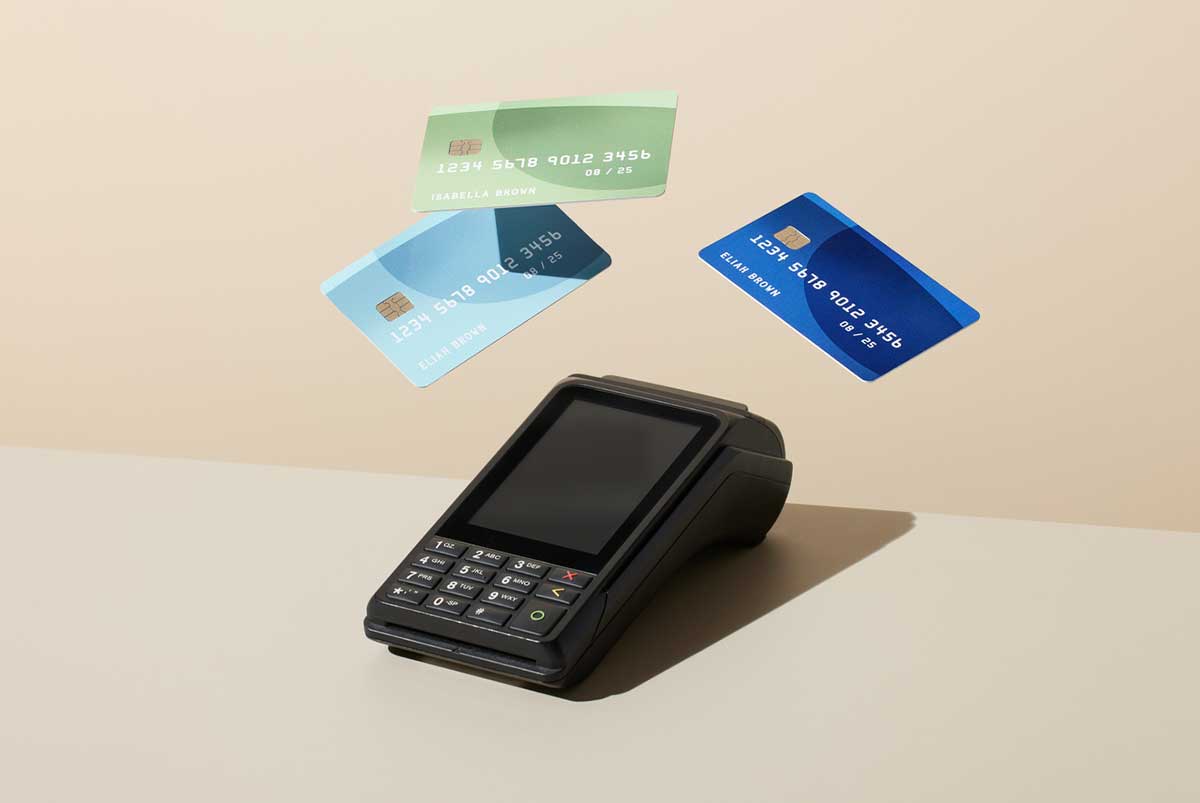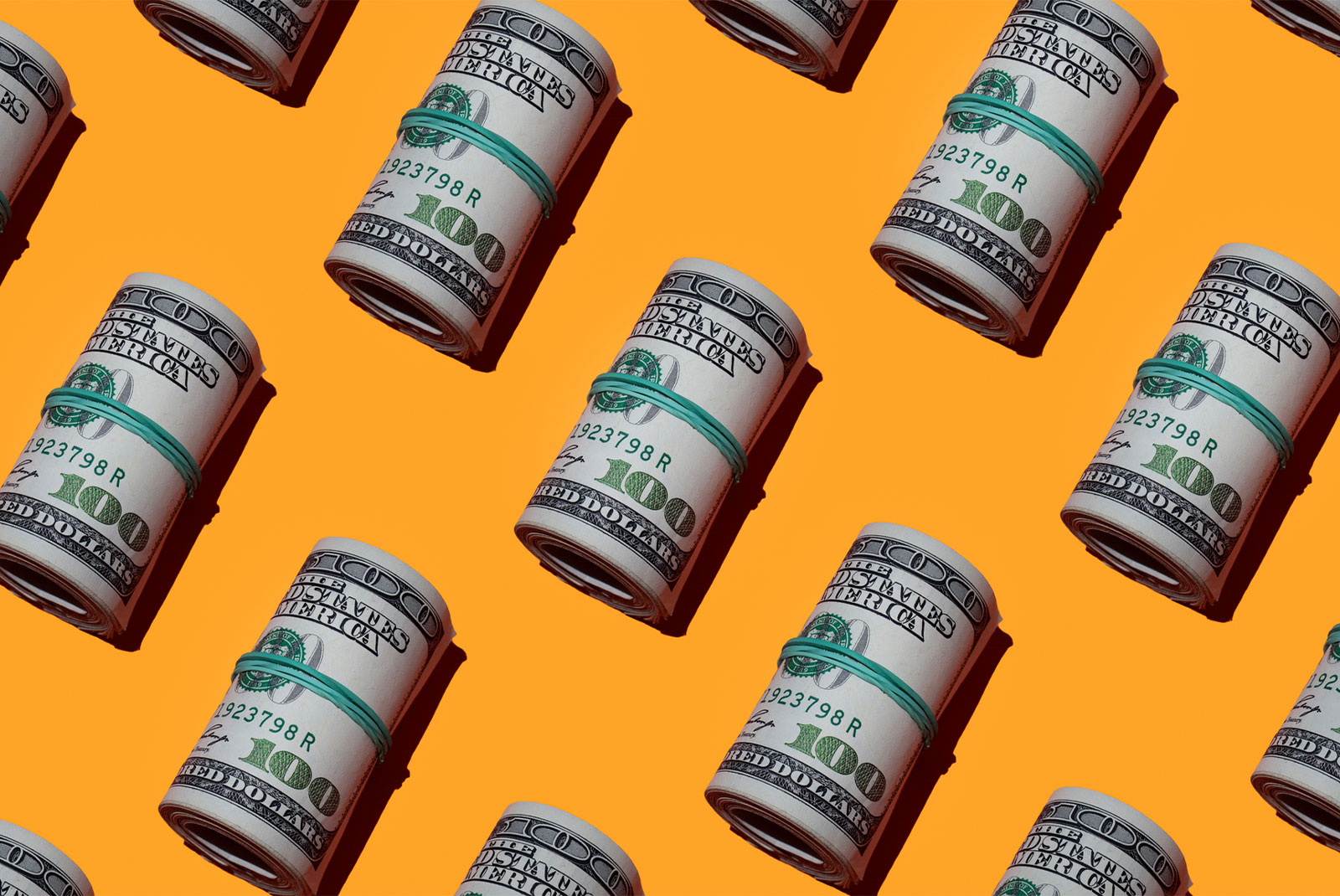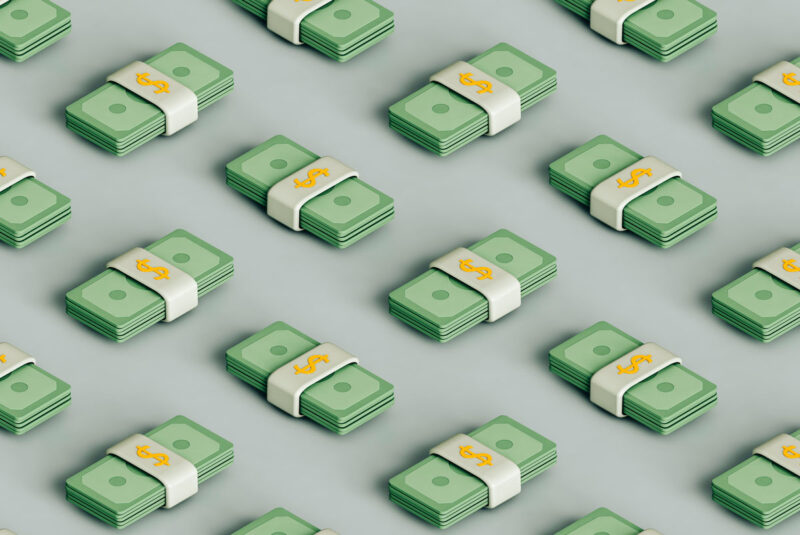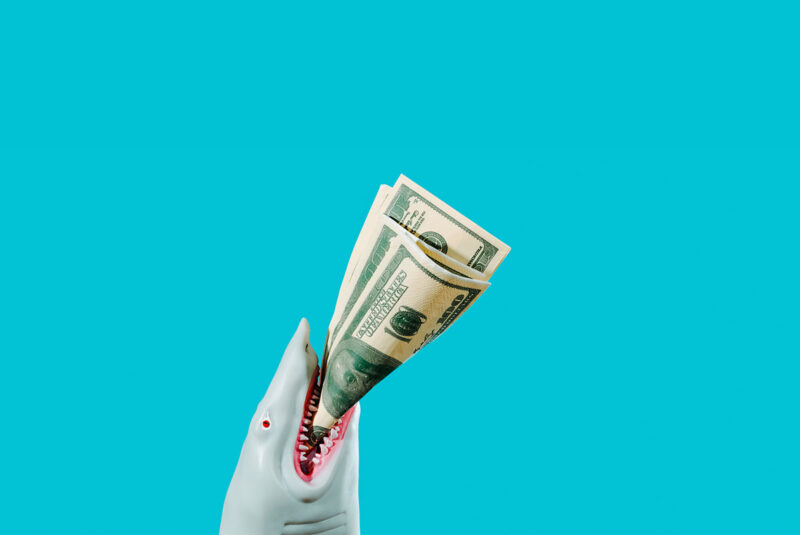If you were perfect and never made a mistake, you’d probably pay your credit card balance in full each month. But since most of us are mere mortals, we carry debt on our credit cards from time to time, and sometimes for quite a long time.
When you don’t pay your credit card bill in full each month, your unpaid balance accrues interest. But there’s a lot more to know about credit card interest than that.
Have we piqued your interest? Stay tuned as we explain in depth how credit card interest works and how you can pay less of it in the future.
What Is Credit Card Interest?
The Consumer Financial Protection Bureau (CFPB) describes a credit card’s annual percentage rate (APR) as “the price you pay for borrowing money.”[1] But it’s a little more involved than that.
Credit cards are a kind of loan. When you make purchases with a credit card, you’re borrowing money from a lender (the card issuer) to make those purchases. The lender pays the merchant upfront and you pay the lender back when the money is due.
If you pay the lender back the amount you’ve borrowed on time and in full, there are no interest charges. In effect, you’re borrowing money for free.
But if you don’t pay the entire balance by the payment due date, the balance (what you owe) you’re carrying on your card will accrue interest, which then gets added to the existing balance.
So, how much interest will you pay? That amount is expressed as a percentage of the balance known as the APR. This number is important to know – the higher it is, the more interest your balance will accrue.
What Is Annual Percentage Rate (APR)?
So, what’s the difference between the interest rate and the APR? For credit card purchases, the APR and the interest rate are the same: the yearly interest rate you’ll pay on your card’s balance.
For other credit card transactions like balance transfers or cash advances, the interest rate and the APR are a little different (we’ll explain more about this in a bit), because the APR also includes fees.
This goes for other financial products as well. With a mortgage, for example, the APR is the interest rate plus any fees associated with the loan. So, the interest rate could be 4%, but the APR could be 4.25%.
Where do I find my credit card’s APR?
You can find your credit card’s APR on your monthly credit card statement and in your cardmember agreement. It’s usually within a summary table known as the “Schumer Box,” perhaps under a heading called “interest charge calculation” or similar.
You can also usually find it fairly easily in your card’s app or website. If all else fails, you can call the number on the back of your card and ask a customer service representative what your APR is.
What’s a good credit card APR?
The Federal Reserve Board tracks and publishes average credit card APR monthly. Any APR under the average can be considered “good.” So, if the average credit card APR is 16.4%, an APR of 15% is good. Anything lower is better yet.
But keep in mind that just because the APR is below average, it isn’t necessarily “good” for you. A 15% APR can still add up to a lot of money, especially when you factor in compounding. An APR that’s good for you depends on several factors, such as your personal financial situation and whether you routinely carry credit card debt.
Different types of APRs on credit cards
Earlier, we talked about how the interest rate and APR for credit card purchases are typically the same number. However, credit cards have different types of interest rates for other functions and transactions, such as cash advances and balance transfers.
Add to that, a card issuer can offer lower rates during a promotional period when you first get approved. This is often called an introductory APR.
Here are some of the most common types of credit card APR:
- Purchase APR: The interest charged on the money you spend using your credit card
- Balance transfer APR: The rate charged on balances transferred from other credit cards or other loans. It is typically higher than the purchase APR, ranging between 8% – 25%
- Cash advance APR: The rate charged when you use your credit card to get a cash advance, typically at an ATM. It is also generally higher than the purchase APR, around 25%
- Promotional APR: A special APR for a limited time, usually offered by issuers of credit cards to entice people to sign up for the card. Sometimes, the introductory APR is as low as 0%. But some lenders, like credit unions, offer low interest cards with fixed rates
- Penalty APR: A higher-than-usual APR the credit company could apply if you don’t pay your credit card bill on time. The penalty APR hovers around 29.99%
How Do Credit Card Issuers Determine Your Interest Rate?
Credit cards usually have variable APRs that follow the prime rate. “Variable” means the APR can change periodically, sometimes monthly. Why?
Credit card issuers use the prime rate to determine a range of APRs for their cardholders. The prime rate is the credit card company’s lowest rate, which is usually based on the federal funds rate.
The Federal Open Market Committee (FOMC) sets the federal funds rate. So, if the FOMC raises the federal funds rate, the prime rate and your credit card’s APR will probably go up as well.
The APR you get will depend not only on the prime rate but also on your creditworthiness, which issuers determine by a “hard pull” of your credit score and your credit report. They also use this information to determine your credit limit. In general, the better your creditworthiness, the lower your APR will be for credit cards.
How well you make your payments will usually influence your APR. So, if you have a good APR, but you miss several payments (or don’t pay them in full) and carry credit card debt, your credit card company may raise your purchase APR.
How Is Credit Card Interest Calculated?
Calculating credit card interest can be a little complicated, but we‘ll explain it here in simple, approximate terms:
- Figure out your daily interest rate: To start, divide your APR (the annual interest rate) by 365, (the number of days in a year).
Let’s say your APR is 16%.
.16 / 365 = .00043 (.043%). To simplify, we’ll say your daily interest rate is .0004 (.04%). - Calculate the dollar amount of interest charged daily: Now, let’s say you carry a balance of $3,000. Multiply that balance by the daily interest rate.
$3,000 x .0004 = $1.20. - Figure out the current month’s interest charge: Now, we need to know how long your billing cycle is. Let’s say it is 30 days. Multiply your daily interest amount by the number of days in the billing cycle.
$1.20 x 30 = $36.00. ← This is your monthly interest charge on that $3,000 balance.
But hold on! That’s your interest charge for the first month only. After that, unless you pay it, your balance will increase by that interest amount plus any late payment charges.
So, now let’s figure out your interest and balance for the following month.
Let’s say you don’t buy anything else the following month. Your balance was $3,000, but now it’s $3,000 plus the interest of $36.00 plus a $40.00 late payment fee.
- Add up your new balance: Add your existing balance to the last month’s interest and any fees.
$3,000 + $36.00 + $40.00 = $3,076. ← This is your new balance. - Calculate the new dollar amount of interest charged daily: To calculate the daily interest you’ll owe the following month with the same APR, multiply your balance (which is $3,076) by the daily rate (which is .0004).
$3,076 x .004 = $1.26. - Figure out the interest for the billing cycle (30 days):
$1.26 x 30 days = $37.80. ← This is your new interest charge for the month’s billing cycle. - Calculate your new balance: Now, with the interest of $37.80 added to another $40.00 late payment fee, you’ll owe an additional $77.80 on top of your existing balance of $3,076.
$3,076 + $77.80 = $3153.80. ← That’s how much you owe after two months of not paying your bill. And you haven’t even made any additional purchases! See how fast it adds up?
Bottom line: use credit cards wisely and pay the bill every month.
How Can I Avoid or Lower My Credit Card Interest Charges?
Yes, you can rack up a lot in credit card interest and fees very quickly. And the longer you take to pay off your credit card balance, the more you’ll get charged. Plus, late payments can have a detrimental effect on your credit score.
We’ve listed the best ways to avoid paying extra interest and fees and to protect your credit:
- Pay balance in full every billing cycle: The most foolproof method to avoid interest and other fees is to pay all your credit cards in full before the payment due date every month. If you tend to be forgetful, you can set calendar alerts and establish automatic payments. You should also avoid purchasing with your credit cards as much as possible.
- Pay your bill early: Credit cards are revolving credit. So, when you pay your bill, you’ll reset the amount of available credit. But perhaps more importantly, if you have a balance and pay it before it’s due, you won’t rack up additional days of interest.
- Pick a credit card with a low APR: Getting a card with a low APR can help you keep your interest charges down. But read the fine print. Beware of excessive late payment fees or a hefty annual fee that can offset the benefit of having a low-interest card.
- Transfer your balances to a card with a low introductory APR: If you already carry a balance on a high interest credit card, consider transferring your balance to a card with a low introductory (promotional) APR. But pay down your balance as much as possible during the promotional period to avoid the coming rate hike. When the promotional APR ends (usually after 6 – 18 months) the issuer will raise the APR to near your previous rate or possibly higher. Note that balance transfers can also carry a balance transfer fee.
Any Interest in Saving Money?
As important as it is to understand your credit card’s APR and how interest gets charged, it’s also important to consider how using credit cards figures into your financial situation. Best practices are to pay off your balance in full and on time each month, and to find a card with the best APR and other terms, just in case you need to carry a balance for a little while.
The Short Version
- Credit cards are a kind of loan. When you make purchases with a credit card, you’re borrowing money from a lender (the card issuer) to make those purchases
- For credit card purchases, the APR and the interest rate are the same: the yearly interest rate you’ll pay on your card’s balance
- A card issuer can offer lower rates during a promotional period when you first get approved. This is often called an introductory APR
CFPB: “ What is a credit card interest rate? What does APR mean?” Retrieved April 2022 from https://www.consumerfinance.gov/ask-cfpb/what-is-a-credit-card-interest-rate-what-does-apr-mean-en-44/




